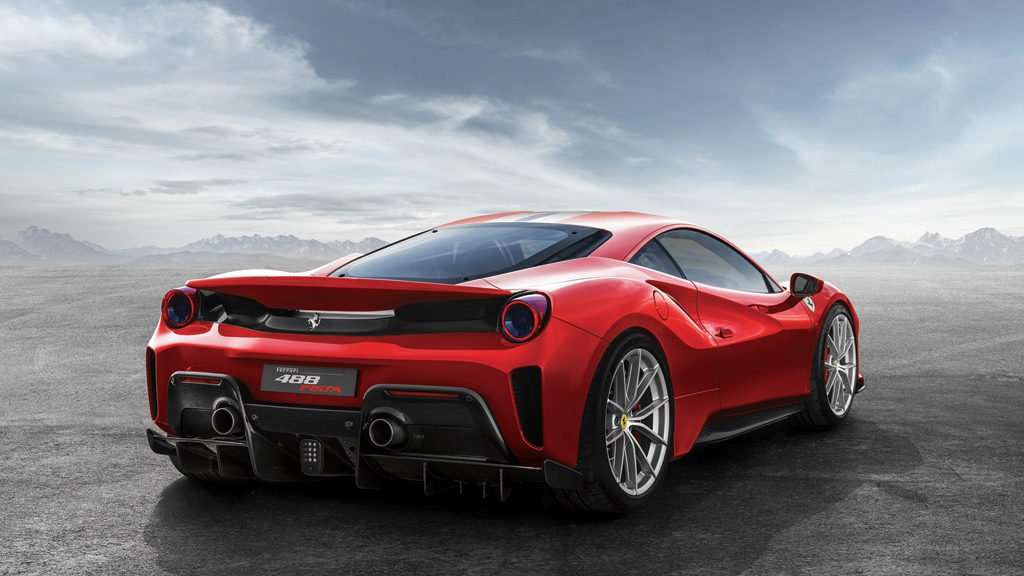Formula One (F1) is a sport known for its constant innovation and technological advancements. Teams are always pushing the boundaries to gain a competitive edge. Two prominent teams, Mercedes and Ferrari, have been at the forefront of aerodynamic development in recent years. The unique wing concepts employed by Mercedes and Ferrari F1 racing, concepts that have sparked debates and rumors of being banned by the sport’s governing body.
Mercedes’ F1 Wing Concept
The Dual-Axis Steering (DAS) System
Mercedes introduced the Dual-Axis Steering (DAS) system in their 2020 F1 car, the W11. This innovative concept allowed the driver to adjust the toe angle of the front wheels while driving. By pushing and pulling the steering wheel, the driver could alter the alignment of the front wheels, optimizing tire performance and reducing drag on the straights. The DAS system generated controversy, with rival teams questioning its legality and aerodynamic advantages.
The Inwardly Curved Rear Wing
Another unique wing concept employed by Mercedes is the inwardly curved rear wing. The team designed the rear wing endplates to curve inward, creating a spoon-like shape. This configuration helps to direct airflow towards the central part of the wing, improving downforce and reducing drag. The inwardly curved rear wing has been a significant factor in Mercedes’ dominance in recent seasons.
Ferrari’s F1 Wing Concept
The Halo-Mounted Winglets
Ferrari introduced a fascinating concept by incorporating winglets onto the halo device, a mandatory safety feature in F1 cars. The winglets are small aerodynamic appendages attached to the halo structure, generating additional downforce and improving airflow management. This concept has been a subject of intrigue and debate, as some argued that it violated the regulations regarding the halo device.
The Flexible Rear Wing
Ferrari also experimented with a flexible rear wing concept, which aimed to optimize the aerodynamic performance of the car. The idea behind the flexible rear wing was to allow it to bend under certain conditions, reducing drag and improving straight-line speed. However, concerns were raised about the legality of this concept, leading to speculation of its potential ban.
Debates and Banning Speculations
Aerodynamic Regulations in F1
Formula One has stringent aerodynamic regulations in place to ensure fair competition and safety. These regulations dictate the design, dimensions, and behavior of various components, including wings. The governing body, the FIA (Fédération Internationale de l’Automobile), continuously monitors and evaluates new developments to maintain a level playing field.
Controversy Surrounding the Wing Concepts
Both Mercedes’ and Ferrari’s wing concepts have sparked controversies and speculations about their potential banning. Rival teams and fans have raised concerns, questioning the legality and fairness of these innovations. The debate often centers around interpreting the existing regulations and whether these concepts provide teams with an unfair advantage.
Innovation and technological advancements have always been integral to Formula One. The Mercedes and Ferrari F1 wing concepts have pushed the boundaries of aerodynamic design, generating excitement and controversy within the sport. While debates and speculations about their potential ban continue, it is essential to remember that F1’s governing body plays a crucial role in ensuring fair competition and maintaining a balance between innovation and maintaining a level playing field.




.jpg?k=1924235ce9)